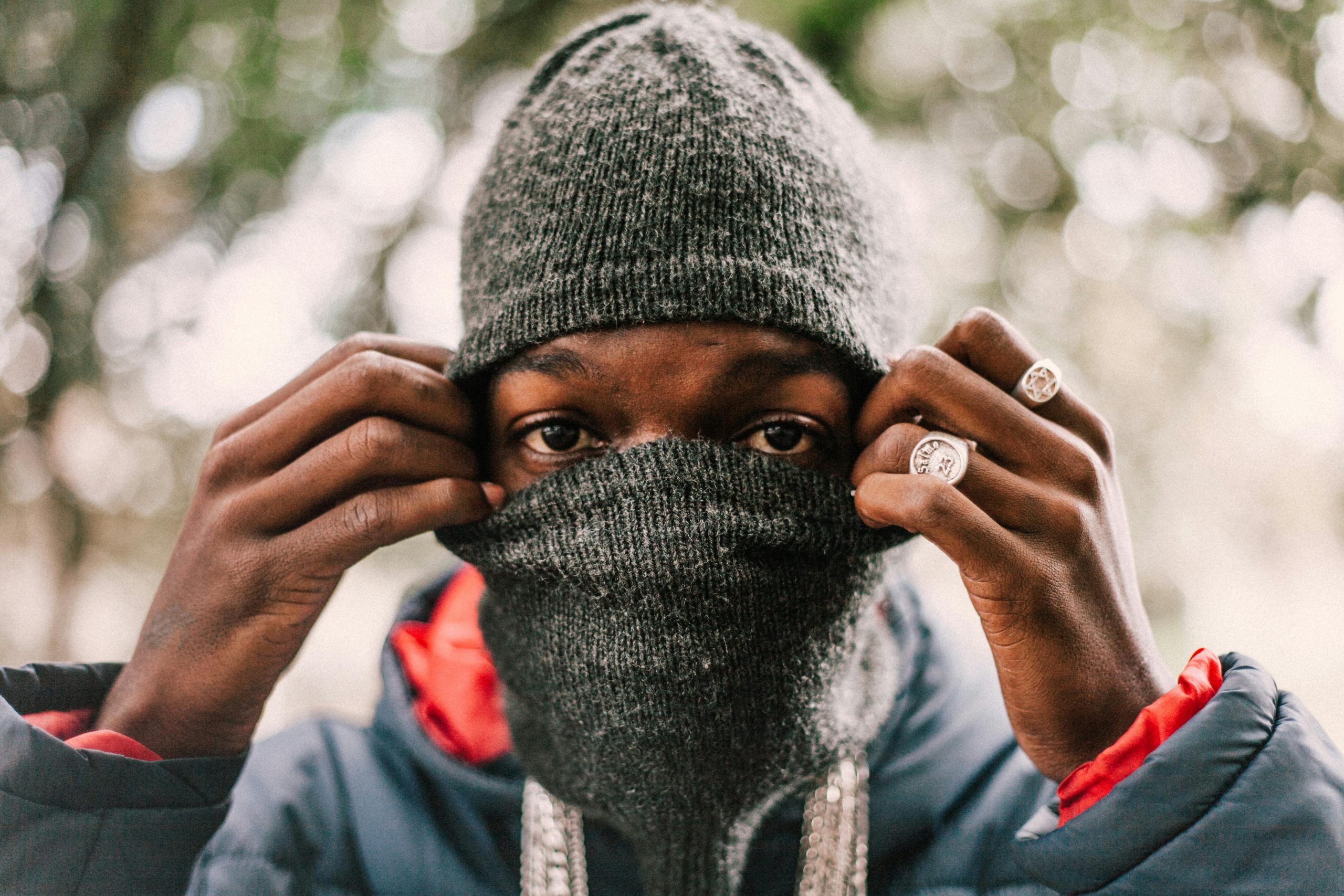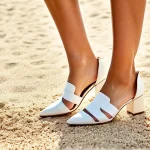Specializing in balaclavas, we combine expert knowledge with high-quality materials to deliver unmatched comfort and style. Whether for demanding outdoor work or winter sports, the right balaclava protects against harsh cold while offering breathable warmth. Discover how tailored designs and advanced fabrics keep you comfortable, safe, and stylish in temperatures as low as -15 °C.
Expertise in Balaclava Manufacturing and Selection
The selection process involves considering factors like materials, design, and intended use, which are crucial for optimal performance. High-quality fabrics, such as polyester blends for cold weather or flame-resistant materials for industrial settings, ensure reliability. Safety standards, including certifications like EN and ISO, are vital for professional and industrial balaclavas, confirming adherence to strict quality and safety norms.
Have you seen this : Find your perfect jewelry box: styles for every treasure
Emerging trends focus on innovative designs that improve breathability, thermal insulation, and versatility. For instance, multi-functional models, like the Portwest CS23 Multiway Balaclava, offer adjustable wear options and enhanced comfort. Breathable mesh versions are gaining popularity for active outdoor sports, providing cooling and moisture-wicking benefits.
In the competitive balaclava market, expert recommendations emphasize balancing performance, durability, and comfort. Understanding the latest fabric technology advancements allows consumers and professionals to select suitable products for specific needs. Additional insights are available on https://balaclava-mask.com/, which features a comprehensive page explaining more about high-quality options and market trends.
Also read : Creative ways to chic up your graphic tee: styling tips and ideas
Types, Materials, and Uses of Balaclavas
Thermal balaclavas for winter deliver maximum warmth through double-layer construction, using high-quality balaclava materials like advanced polyester blends or merino wool. This design excels in both thermal insulation in balaclavas and moisture-wicking balaclavas for cold weather. Experts confirm such performance balaclavas support outdoor sports in harsh conditions, including skiing and snowboarding or demanding work on construction sites.
Flame-resistant balaclavas for tactical professionals and industrial workers integrate protective balaclavas for outdoor sports and hazardous environments. These use specialized synthetic fabrics to meet safety standards for balaclava manufacturing, ensuring both flame and heat protection for activities such as firefighting, tactical operations, and motorcycling.
Multi-functional balaclavas stand out for versatility of balaclavas in daily life. Crafted from lightweight balaclavas with a 4-way stretch, these custom fit balaclavas adjust easily for running, cycling, or casual wear. They often use breathable balaclavas for running, balancing windproof balaclava features and moisture control.
Fashion-oriented options have surged in balaclava fashion trends, offering innovative balaclava designs and color variety while maintaining benefits of balaclavas for facial protection. Many brands now provide custom balaclava design choices, underscoring the specialist insights on balaclava innovation seen in recent collections.
Specialist tips for balaclava care highlight the durability of best fabrics for balaclavas—especially when opting for affordable quality balaclavas, ensuring longevity for athletes, professionals, and families alike through careful material selection and expert recommendations for balaclava brands.
Technical Features and Performance Considerations
High-quality balaclava materials are essential for both professional safety and recreational comfort. Modern material technology has led to significant advancements, providing moisture-wicking balaclavas that draw sweat away from the skin—a critical feature for balaclavas for cold weather and athletes. Fabrics like merino wool, advanced polyester blends, and microfiber offer a blend of durability, warmth, and comfort while remaining lightweight balaclavas suitable for extended wear.
When comparing balaclava fabrics, those designed for protective balaclavas for outdoor sports often integrate windproof balaclava features and water-resistant treatments for harsh climates. Many thermal balaclavas for winter employ multi-layer insulation that traps heat effectively, making performance balaclavas reliable even at subzero temperatures. Specialist tips for balaclava care recommend choosing quick-drying balaclavas to maintain hygiene and deplete odor build-up after intense activity.
Design matters as much as material. Adjustable fitting and custom fit balaclavas accommodate various head sizes, while UV protective balaclavas shield the skin during prolonged sun exposure. Breathable balaclavas for running and perforated mouth panels enhance airflow, crucial for maintaining comfort during high-exertion tasks. For outdoor work or tactical operations, performance balaclavas must meet stringent safety standards for balaclava manufacturing, including flame resistance and anti-static properties.
A comprehensive balaclava sizing guide helps ensure riders, skiers, and workers find versatile balaclavas that fit securely and comfortably across different face shapes and head measurements.
Care, Maintenance, and Expert Recommendations
Precision care methods ensure any high-quality balaclava remains effective and comfortable for longer periods. For thermal balaclavas for winter, begin by washing with cold water and mild detergent. Machine-washable lightweight balaclavas—especially those using modern best fabrics for balaclavas such as polyester blends or merino wool—should be turned inside out before washing. Moisture-wicking balaclavas must avoid fabric softeners to maintain breathability and performance.
For drying, air drying on a flat surface preserves both shape and elasticity, key for custom fit balaclavas and those used as protective balaclavas for outdoor sports. Avoid direct sunlight and high heat, which can degrade even the most durable high-quality balaclava materials. When storing, keep your balaclava flat in a cool, dry place. Rolling, rather than folding, helps prevent creasing, a noticeable tip in specialist tips for balaclava care.
Inspect performance balaclavas and multi-functional balaclavas for signs of pilling or weakened fibers, especially after sustained outdoor activity. If minor holes form, patching with matching high-quality balaclava materials extends their lifespan and meets safety standards for balaclava manufacturing. For those requiring optimal hygiene, quick-drying balaclavas simplify frequent cleaning. Use gentle touch-ups with fabric shavers on lightweight balaclavas to manage pilling.
Seek balaclava expert advice before using chemical treatments, especially on specialty fabrics.











